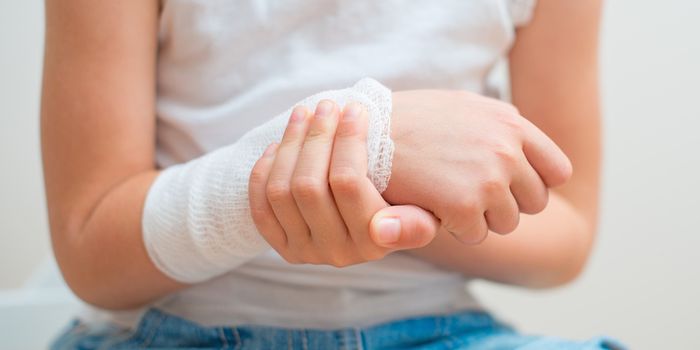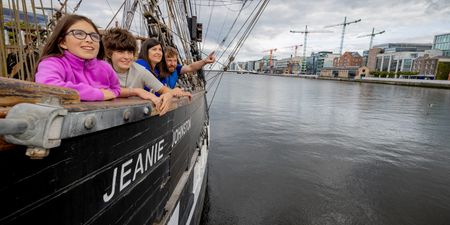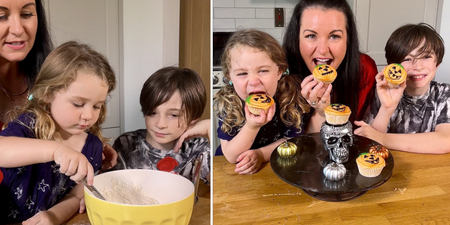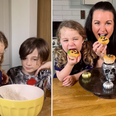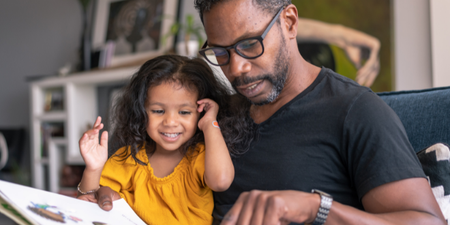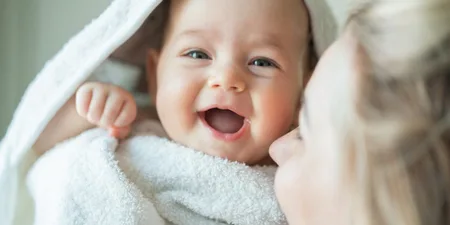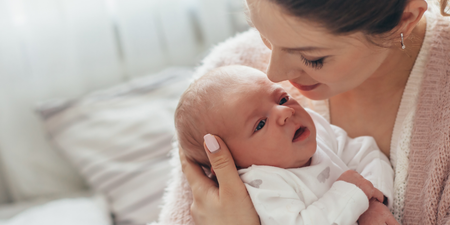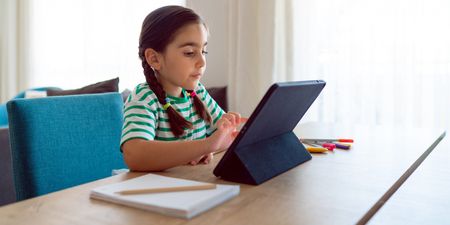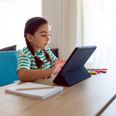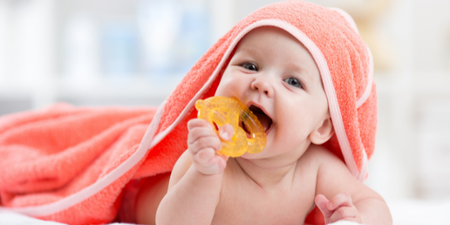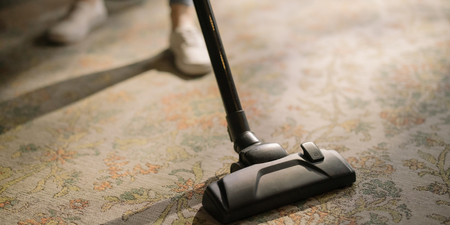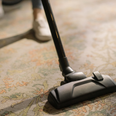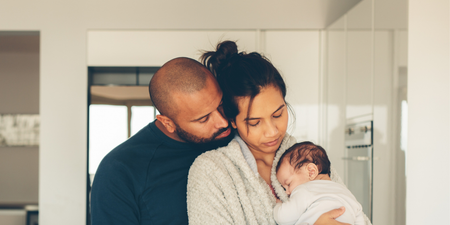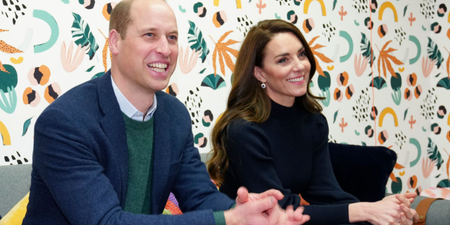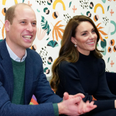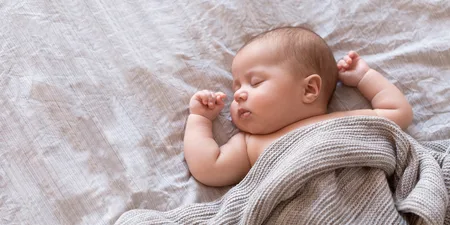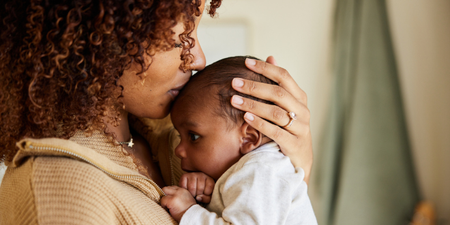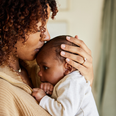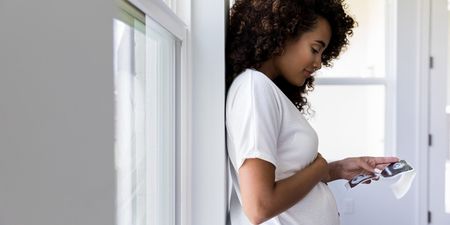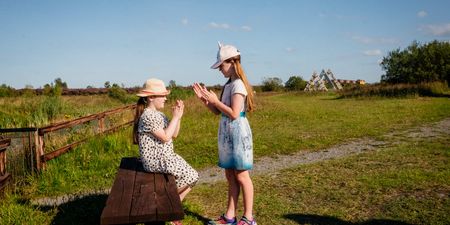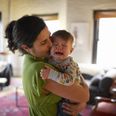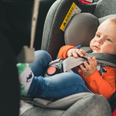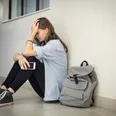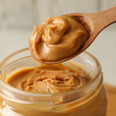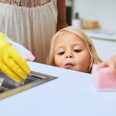They are the most precious package you will ever have to mind.
And that comes with a huge amount of responsibility and quite a few bumps and bruises along the way.
From bumped heads, scraped knees and the odd whack to the back of the head from a sibling, as my children got older, my first aid kit got rolled out regularly.
But it was when my daughter hurt her ankle at gymnastics was the first real ‘injury’ that required more than just mummy’s little green box.
Her face was as white as a sheet and her ankle completely swelled up – we popped off to the Vhi SwiftCare clinic for an x-ray where she was treated immediately and put into cast. We were home in time for dinner.
But it did make me think about the importance of knowing what to do in an incident such as this. Here are some tips for minor injuries in children:
Cuts
Even the most minor cut can look like an emergency (and give mum the fright of her life) however many can be treated quickly and simply. When treating a minor cut, apply direct pressure to stop as much bleeding as possible, wash the wound and look for any dirt or debris that may be inside. Put some antiseptic cream on it and cover with a bandage that is airtight and watertight. Do get medical help if it looks infected, (i.e that is red or hot to touch around the area of the wound or it has a discharge from the site of the injury) is deep or is more painful to touch as time goes on.
Sprains, Strains and Breaks
A strain can irritate the muscle when it has stretched too far – this can show itself in the way of pain and swelling. A sprain is more serious and can involve ligaments being torn. Sprains can take weeks to heal and can cause your child a lot of pain.
Interestingly children are more likely to break a bone than suffer a sprain. As they are also still growing fractures need to be carefully monitored. Contact your medical provider if your child can’t bear weight on the affected limb or can’t move the arm and is in a lot of pain. Rest the injured area, put ice on the area to reduce swelling, compress the area with a bandage to prevent swelling and elevate it so it’s above the heart.
Prevention
Yes, yes we all know that accidents happen but we, as parents, can help to ensure we can minimise the impact of these mishaps. In sports, encourage your child to wear protective gear like helmets, shin pads and gum shields where appropriate. Try and get them to warm up and stretch before an activity. Drink plenty of fluids during play and exercise and wear correct clothing (no wellies on the trampoline!)
As a general rule, keep a fully stocked first-aid kit at home. Keep in mind these warning signs which mean you should go straight for professional help if you see:
A wound that doesn’t stop bleeding, a cut that is especially deep or has ragged edges, a popping sound during injury, reluctance to move a limb or a child guarding and protecting an injury, reduced use of a limb, any injury involving the head and face or any complaints of increasing pain.
That goes for ourselves too! We often ignore minor injuries as adults but it is important to also show your child that taking care of yourself is all part of the process of growing up.
Why Wait? Vhi SwiftCare Clinics aim to deal with minor injuries and illnesses within one hour. The clinics are equipped to treat a variety of conditions but do not treat infants under 12 months. Vhi SwiftCare Clinics are located in Dundrum, Swords and Mahon, Cork and are open 8am – 10pm, 365 days a year, with no appointment needed.
